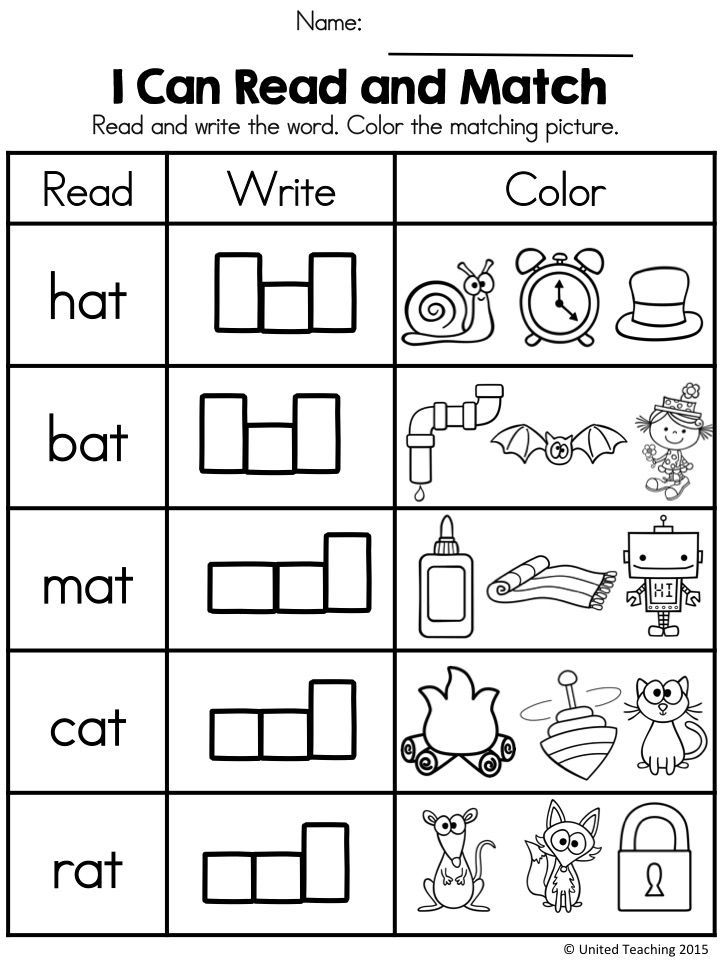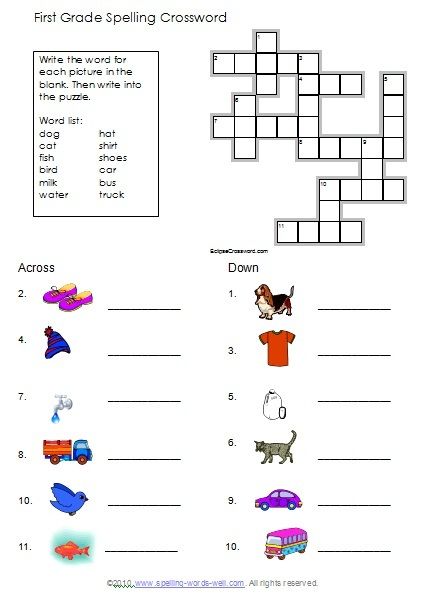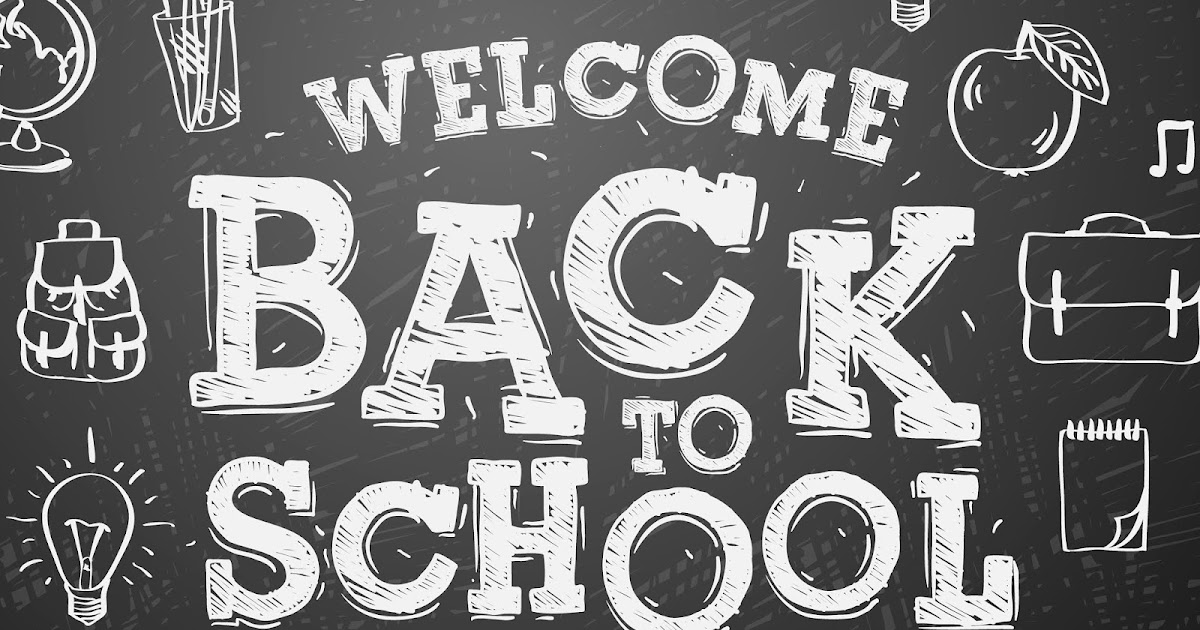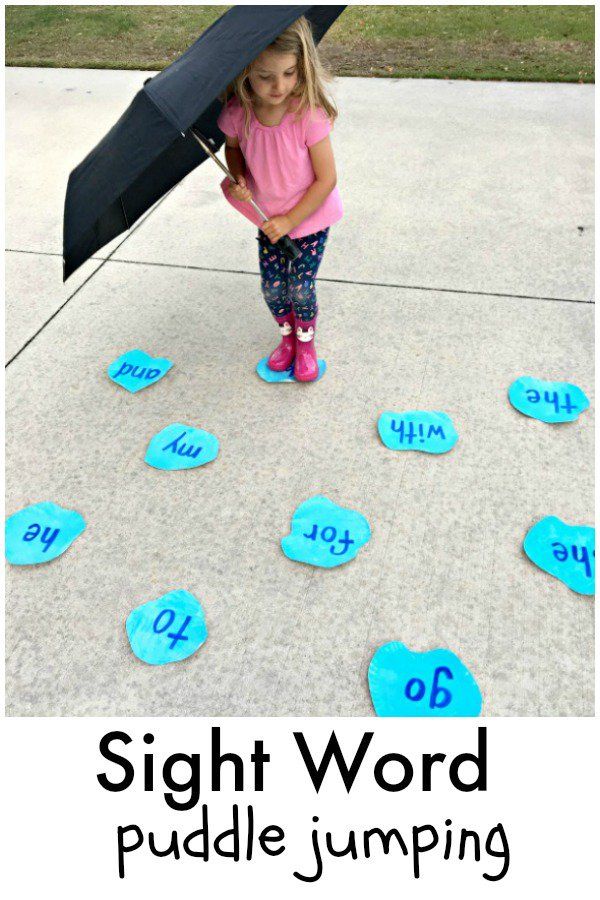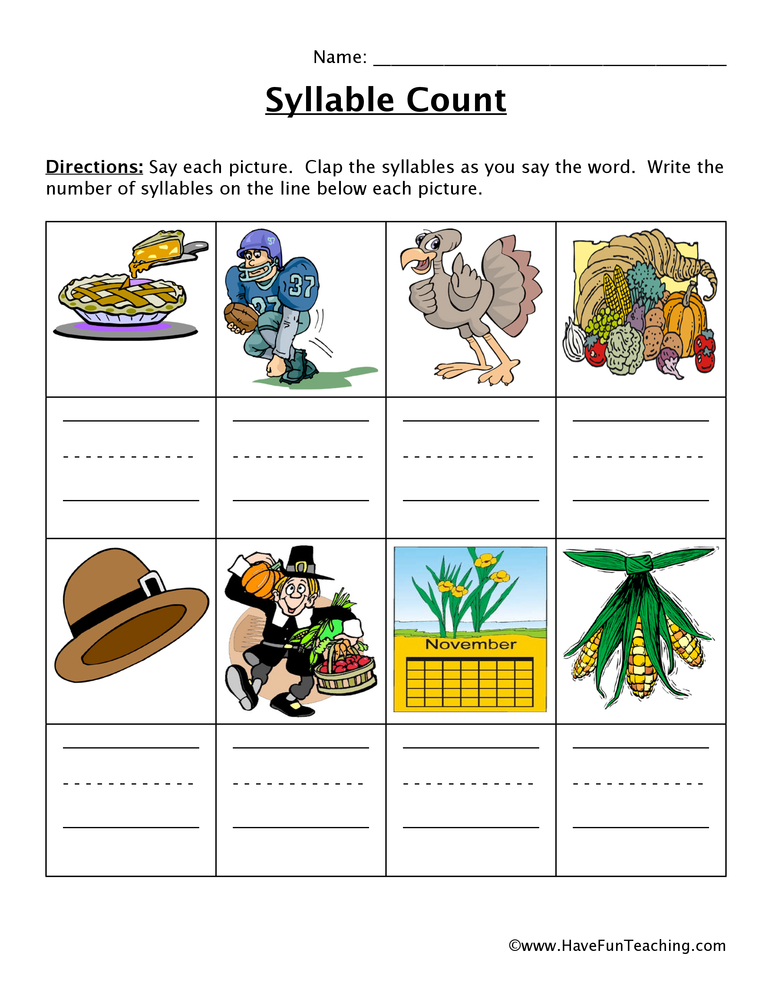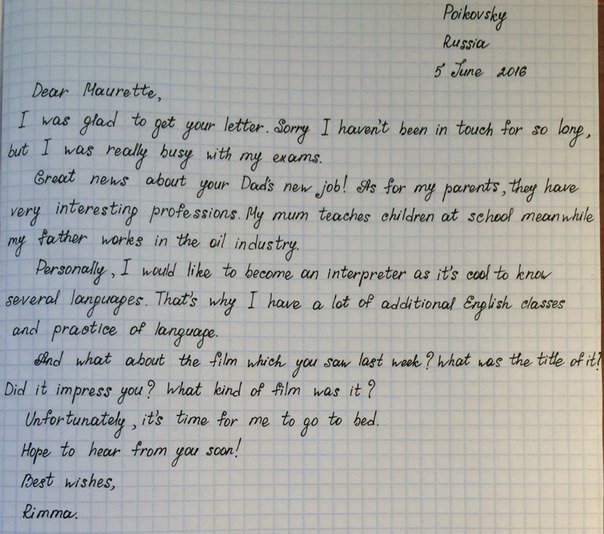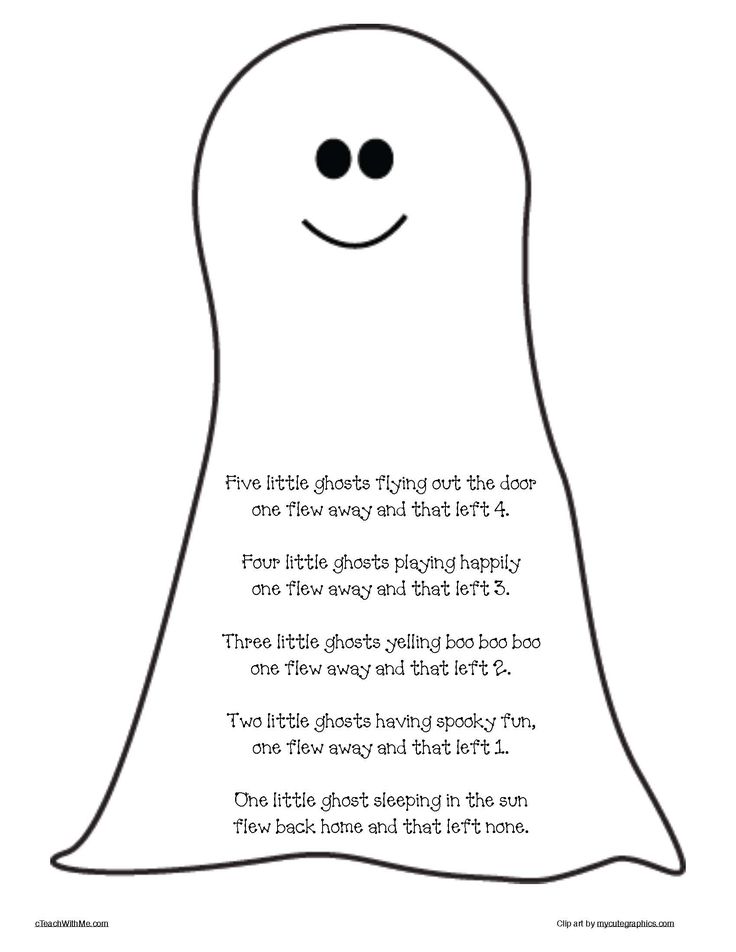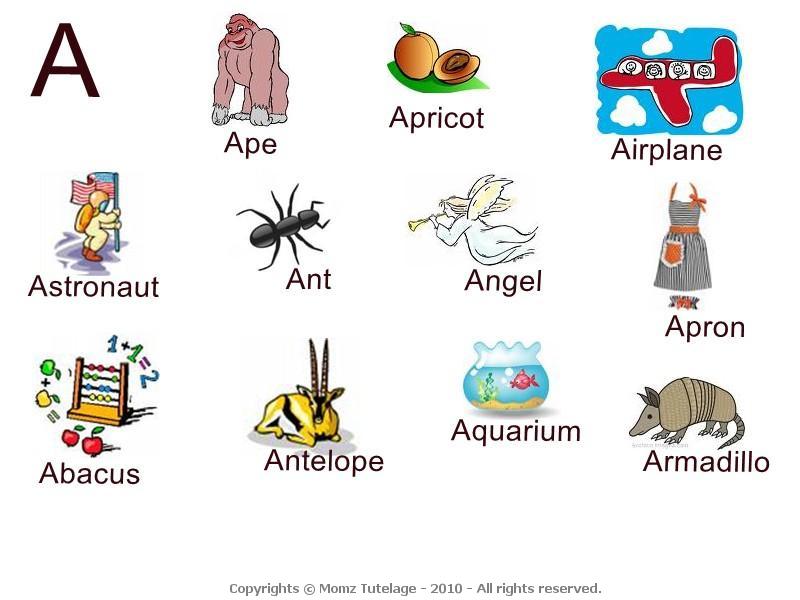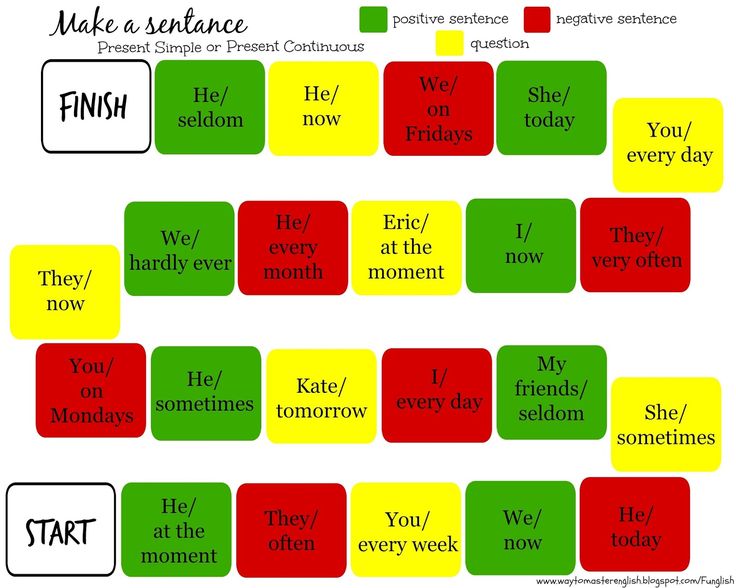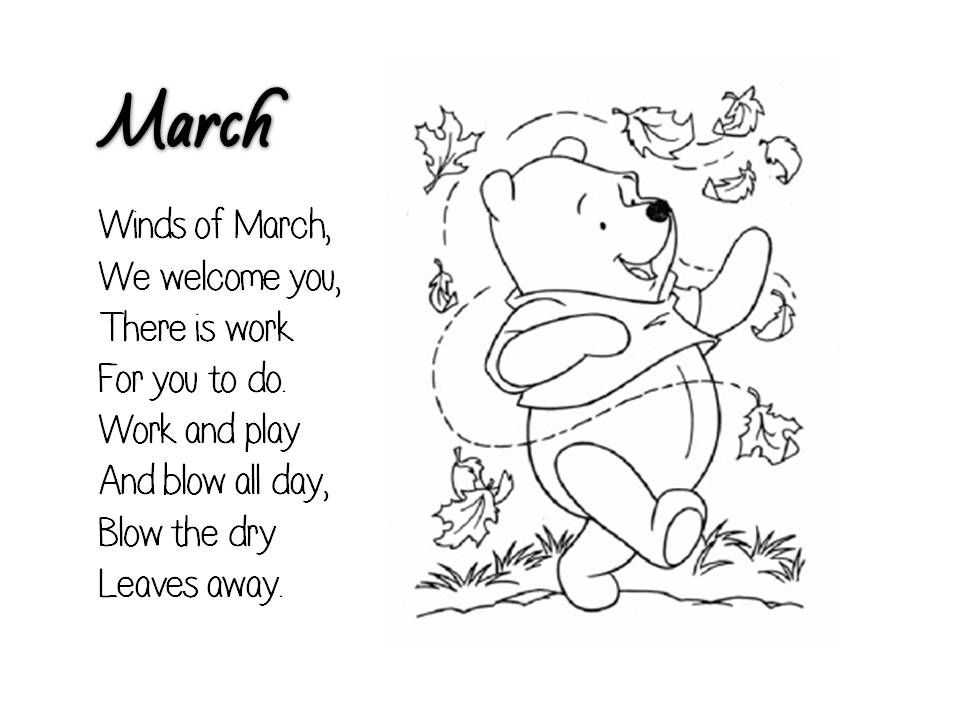Teaching two year olds to read
Steps to Teach a Toddler to Read
Wondering how to teach a toddler to read at home? How to teach a 2-year-old to read?
Start by reading to your child every day. Teach them that books have meaning, are important, and most of all – fun! Encourage them to guess what will happen next and point out letters to informally teach them letter recognition. Keep it simple and exciting, and most of all fun. Preschoolers learn most through play.
What Research Tells Us About Toddlers Reading
Teaching toddlers to read is an insurmountable task you may not feel qualified to take on. However, research teaches us that there are things we can be doing to help equip toddlers to read. Teaching a toddler to read involves not only focused efforts but also reading aloud to the toddler (Frey, 2015). According to the same study, parents can build a child’s vocabulary simply by talking to the child, but the best way to boost vocabulary is by reading (Massaro, as quoted in Frey 2015).
Interestingly, reading aloud to children helps boost not only their vocabularies but also their understanding of grammatical rules and nuances which forms the basis for later learning to read. Simply talking to children also helps boost their vocabularies as well. The more parents talk to their children, the higher their IQs tested at ages three and above (Frey, 2015).
Starting to Teach a Toddler to Read
With all the positive research supporting the idea of reading for toddlers, you may come away from this wondering just how you’re supposed to do that. Below, we’ve collected several fun and easy-to-implement strategies for teaching a toddler to read.
- Read to your toddler. The above research shows how important this step is. Children who are read to become literate, period. Even when your child can read independently, it’s important to read to him or her.
- Teach the letters of the alphabet. Even within this step, there are various schools of thought on how to go about doing this.
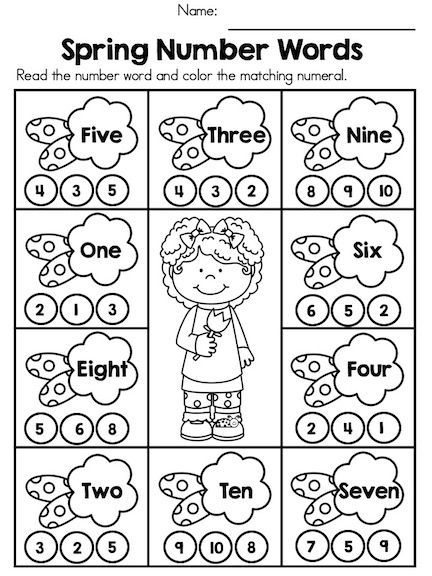 Teach basic letter recognition to begin with. And be sure to make it a fun game!
Teach basic letter recognition to begin with. And be sure to make it a fun game! - Sing and teach letter songs. This goes along with step 2 and helps solidify what your toddler is learning. It also takes the alphabet from the abstract to the concrete when toddlers can relate what they’ve been taught to something else they’re being taught. An online preschool curriculum is perfect for this!
- Teach short words. Some parents prefer to teach the alphabet first while others skip that step and move
Click here for free letters and word cards!straight into teaching short words. In the toddler years, we’re mainly focusing on stimulating the child’s ability to recognize and memorize letters, numbers, shapes, and colors. What a perfect time to teach short words!
- Ask questions. Asking your child questions encourages interaction with the book you’re reading. It’s also pivotal in helping your child understand comprehension questions down the road.
 Reading and fluency are certainly worthy goals, but our ultimate goal should be comprehension. Since we’re talking about toddlers here, you could ask simple questions such as “Do you see the dog?” or “Is the house red?” Simple “yes” or “no” questions will suffice.
Reading and fluency are certainly worthy goals, but our ultimate goal should be comprehension. Since we’re talking about toddlers here, you could ask simple questions such as “Do you see the dog?” or “Is the house red?” Simple “yes” or “no” questions will suffice. - Be a good example! If your child never sees you reading and if you don’t supply him or her with plenty of book options, it’s possible he or she will take very little interest in reading. Children learn by example and seeing you read frequently will go a long way in igniting his enthusiasm for reading.
- Point out letters in their natural settings. For instance, when you spot a stop sign, you could point out the letters to your young toddler or ask him or her what letters he or she sees. In your nursery, if you have your child’s name on the wall or on a baby book, take the time to point these things out to him. Seeing letters “in use” rather than just as abstract concepts will solidify the meaning of reading for a purpose to your toddler.

- Use a multisensory approach. In addition to teaching your toddler the letter sounds and names, incorporate other senses in your teaching. For instance, a soft piece of material your toddler can gently rub will help make sense of the word “soft” and possibly even the letter “S.” This is a good time to do alphabet crafts with your toddler. He or she will soon come to relate letters and their sounds with images that begin with those letters.
- Become familiar with decoding words. Decoding will help your toddler learn to read faster. Instead of stumbling over letter sounds or digraph combinations, your toddler can begin understanding the way letter combinations work together to form words.
- Use word families. Word families are words that end in similar sounds but have different beginnings. Examples include “-op,” (pop, mop, top, etc.) and “-at” (fat, rat, cat, mat, etc.).
It’s hard to believe, but your toddler can read! With patience and persistence, you can implement the above ideas and have your child on his or her way to reading!
Discover more Free Preschool Printables for your homeschool.
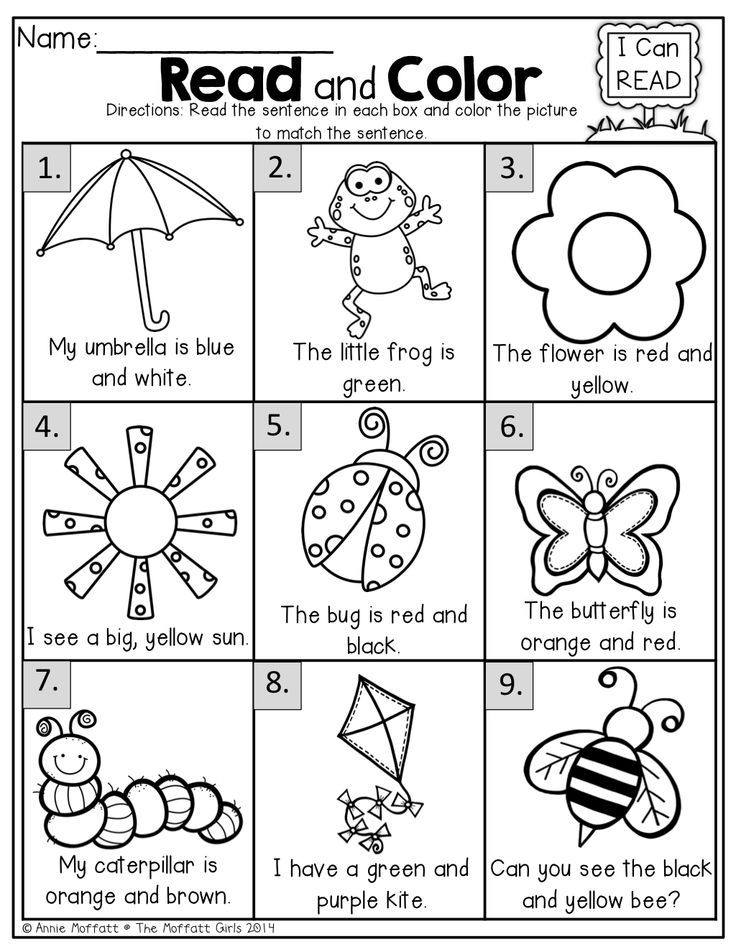
#HOMESCHOOL RESOURCES, #PRESCHOOL
Latest Posts
DECEMBER 13, 2022Healthy Meal Planning For Busy Homeschool Moms
The sentiment from homeschool mom, Sarah L., is one to which many of us can relate. She said, "My challenge is incorporating healthy meal prep into my already hectic day at home with the kids. …
Read more >
DECEMBER 12, 2022Easy Kid-Friendly Christmas Recipes
Many of us consider the holidays a great time to indulge in tasty treats we don’t get any other time of the year - and it IS a great time for making holiday recipes! Sometimes, creating those…
Read more >
DECEMBER 11, 2022December Free Homeschool Printables
It's so hard to believe we're already at the end of the year! While the holiday season is always so incredibly busy, it's definitely a time when the flexibility of homeschool can work in your…
Read more >
How to Teach a 2-Year-Old to Read Successfully?
This post may contain affiliate links.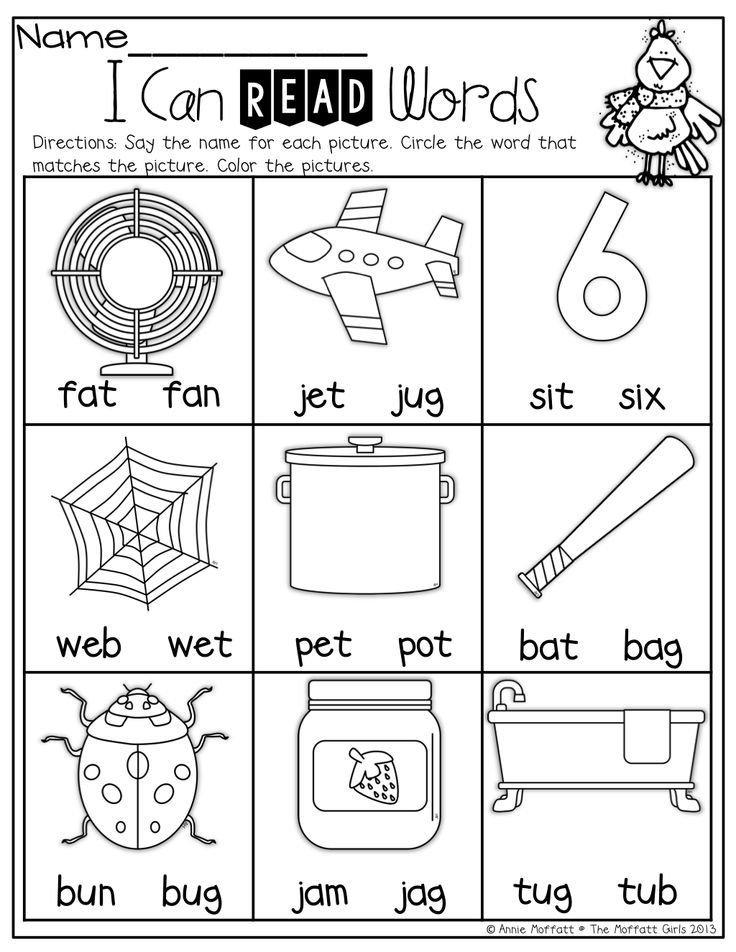 If you click a link and buy something I may receive a commission. This does not change the price you would pay.
If you click a link and buy something I may receive a commission. This does not change the price you would pay.
Can 2-year-olds learn to read? How to teach a 2-year-old to read? I’m happy to share with you, my personal experience of teaching my own toddler son to read.
Before I had my son, I was not one to imagine teaching my own future child to read one day. Reading to him, yes. But teaching him to read? That thought never struck me.
Instead, I did think of sending my child to a phonics class in the future to help him learn reading. Because that was what I saw my sister did with her two daughters.
Shortly after I had my baby, for the first time I came across an advertisement promoting a baby reading program. I was sold and I bought the rather expensive program. I was so looking forward to the day that my baby could read.
That never happened.
After 4 months of lessons, I didn’t see any signs of my baby reading. So I stopped his lessons and shelved the baby reading program.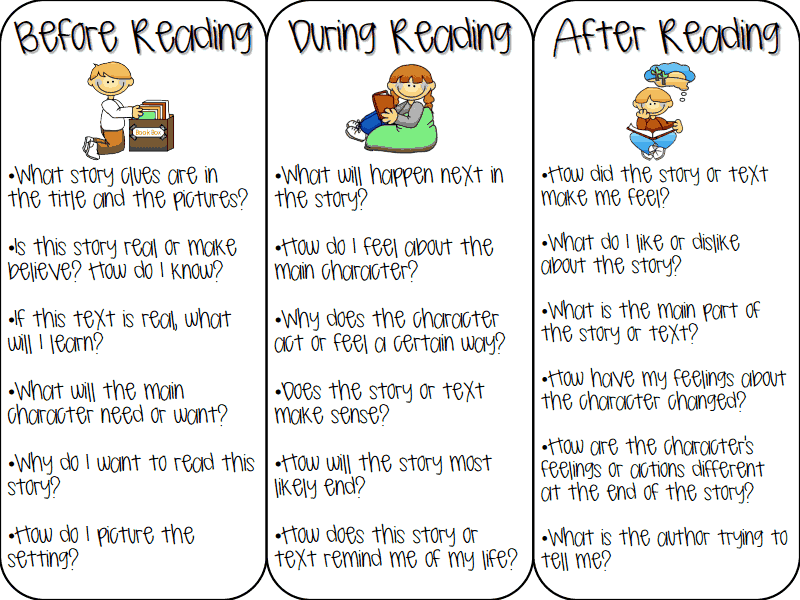 I didn’t want to continue having him sit on my lap and look at words flashed across the computer screen on a daily basis.
I didn’t want to continue having him sit on my lap and look at words flashed across the computer screen on a daily basis.
But later on, when he was older, I was introduced to a children’s reading program which I began to use on my child, Kaden when he was 2 years and 3 months old. The highly effective Children Learning Reading program was developed by a father, Jim Yang who successfully taught his own children to read as toddlers.
I’ve personally experienced success in using this program in teaching my child to read. Without this program, maybe I might still be on the path of sending my son to a phonics enrichment class when he turned 4 or 5 years old and these lessons could easily cost a lot more.
If you want to teach your 2-year-old child to read, I have a few tips to share with you.
1. Read to Your Toddler
Regardless of how young your child is, read to him regularly. It’s a great bonding time for both of you. It also introduces him to the world of printed text and lets him associate stories with the text in the books.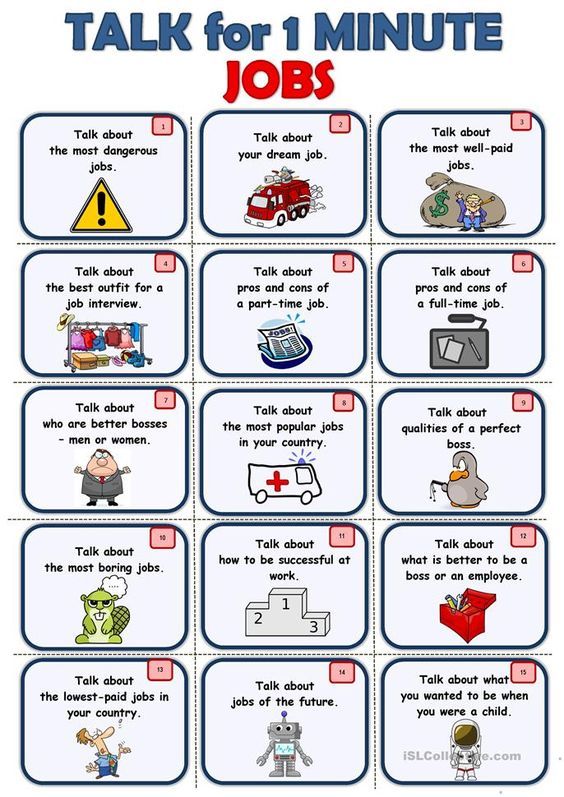
As he grows older, consistently use your index finger to point beneath each word that you read. It lets him know that we read from left to right, and also sounds are connected with words.
2. Assess Your Toddler’s Readiness to Read
If she is ready, start her on her reading lessons. Remember children at this age learn best through fun and play. Keep the lessons fun and also short to cater to their short attention span.
If your child doesn’t seem interested at this stage, try again in a few months’ time. The intention is to get her interested in learning to read, not to put her off the idea of learning. She might be ready maybe 2 or 4 months later. It’s okay.
3. Start Lessons When Your Toddler is Speaking More Clearly
Usually, kids start to speak more clearly around 2.5 years old, so you might like to start his reading lessons then.
But your child’s speech development could be more advanced, and you can start earlier if you deem he is ready.
My son’s speech was not advanced.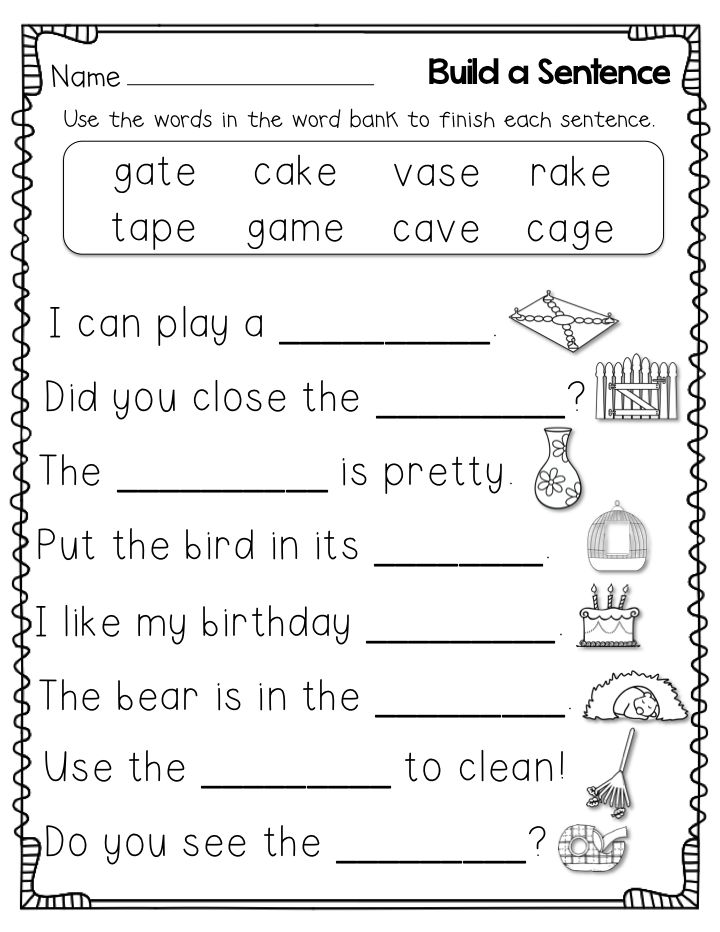 At 2 years and 3 months old, he was speaking more words, but not in sentences yet. He could speak rather clearly, though. Around that time, I also noticed his intellectual ability was developing quickly. So I decided to start him on the Children Learning Reading program.
At 2 years and 3 months old, he was speaking more words, but not in sentences yet. He could speak rather clearly, though. Around that time, I also noticed his intellectual ability was developing quickly. So I decided to start him on the Children Learning Reading program.
Right below, you can watch a very short video clip of my son reading from a page of a book. Please pardon the background grilling noise. I captured this when he was about 2 years and 9 months old, a few months after we had started him on the reading program.
4. Help Your Toddler to Develop Phonemic Awareness
As I mentioned earlier, my two nieces attended enrichment phonic classes. So I thought I would do the same for my son when he was about 4 or 5 years old. I had a vague idea that learning phonics would help a child learn to read.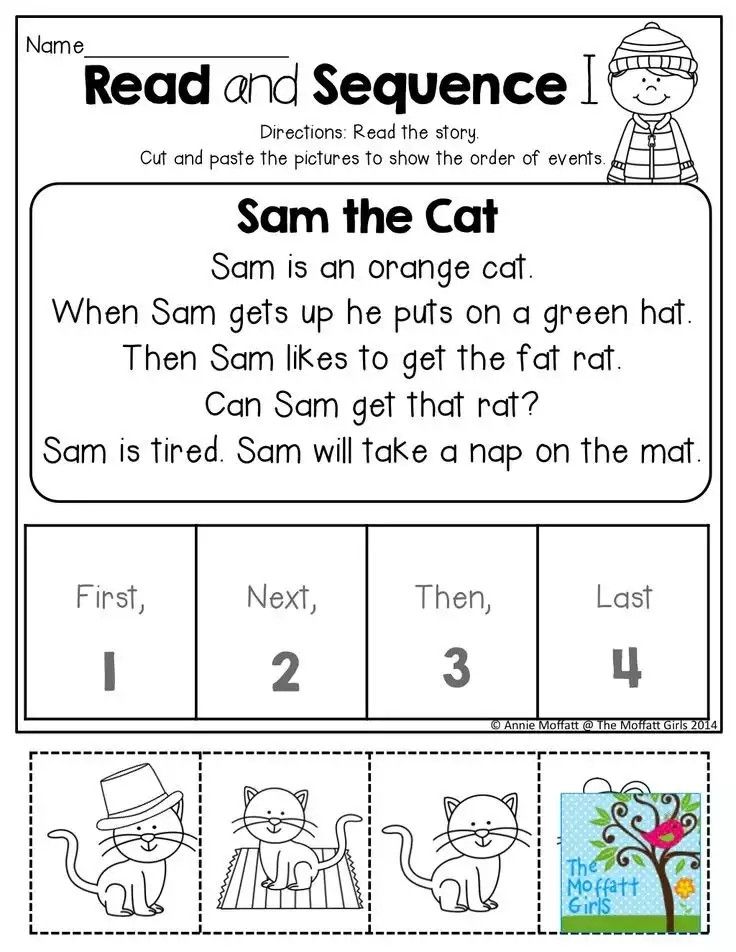
What I didn’t know then was that I could be helping my toddler to develop phonemic awareness first before he even starts to learn to read.
Phonemic awareness is the skill of identifying the smallest units of letter sounds. This skill would go towards helping him to progress well with a phonics and phonemic awareness-based reading program in the future.
So when my toddler was 17 months old, I focused more on helping him develop his phonemic awareness skills through listening to phonics songs, singing to him phonics songs, and letting him play with phonic toys.
While my son was having fun playing, he was also picking up phonemic awareness skill.
You could also slow down certain words in your daily conversation with your child. For example, “Do you want more b-r-ea-d?” “Would you like to d-r-in-k water?” Let your child understand that words are made up of letter sounds. This would take repetition and consistency.
5. Choose a Phonics and Phonemic Awareness Based Reading Program
There are many baby reading programs that teach babies to read through using the whole word method.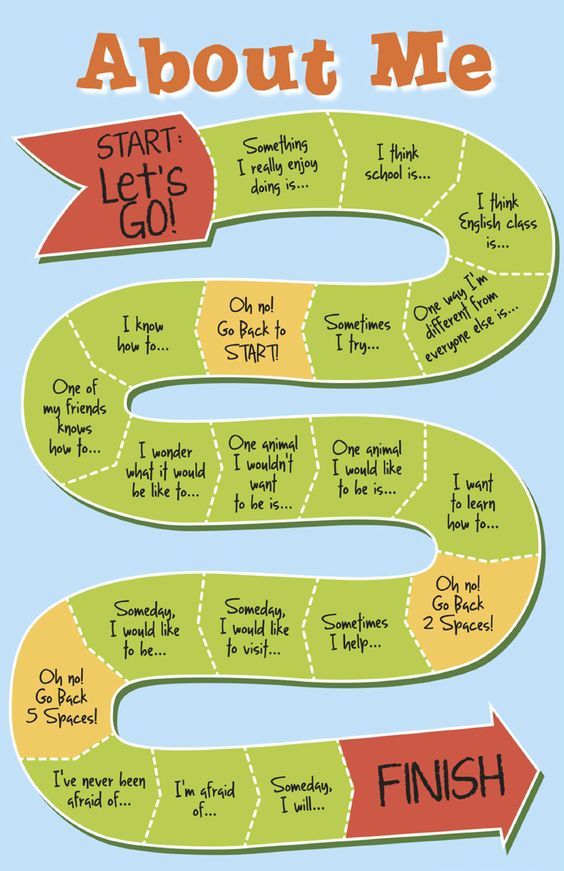 Hundreds or thousands of words and pictures are flashed before the young child. Through repetition, over time the child will be memorizing and recognizing these word shapes.
Hundreds or thousands of words and pictures are flashed before the young child. Through repetition, over time the child will be memorizing and recognizing these word shapes.
However, I prefer a phonics and phonemic awareness-based reading program where the toddler is taught to sound out letters, decode words, and blend letter sounds to pronounce words.
This way, the child will be more successful in sounding out unfamiliar words on her own in the future. Studies have also shown that phonemic awareness instruction programs are more successful in producing fluent readers.
2-year-olds children can certainly learn to read when there’s a nurturing, patient, and loving adult who will take the time to teach, using a simple, step-by-step, and effective toddler reading program. You can check out the highly effective Children Learning Reading program that I used to teach my son to read.
If you have any questions or comments about what I’ve just shared, simply leave them here and I’ll get back to you soon!
How to teach a child to read quickly and correctly
Many parents are in a hurry to teach their child to read, not wanting or not considering it inappropriate (underline as appropriate) to wait for the first grade.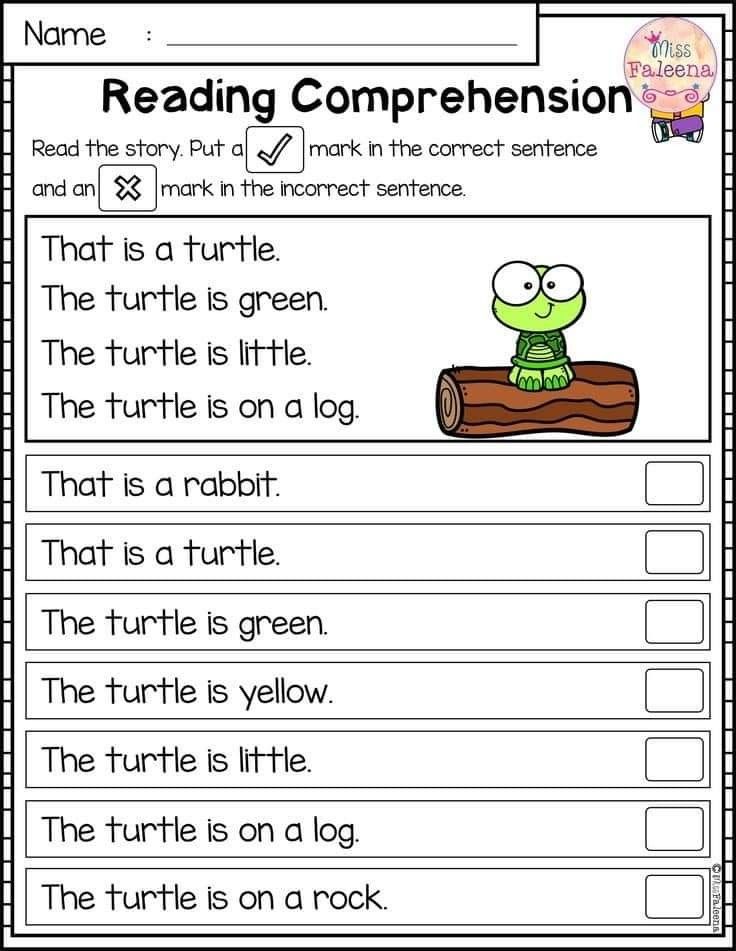 How to do it quickly and correctly? Littlevan has collected proven life hacks.
How to do it quickly and correctly? Littlevan has collected proven life hacks.
Photo: Tetyana Kovyrina, Pexels
1. Check the child's psychological readiness
How many spears are broken in disputes about when to teach a child to read! Someone claims that at three years is the time, others - that not earlier than six. But the main thing is still not age, but the psychological readiness of the baby. At the same time, the parent himself can check it, without seeking help from specialists.
Your baby is ready to learn to read if:
- he speaks fluently in sentences, and most importantly understands the meaning of what is said. Can describe a picture, retell a heard fairy tale, seen a cartoon;
- he has no speech therapy problems, he pronounces all the sounds and distinguishes them by ear, that is, he can catch, for example, the difference between "coH" and "coM", "kot" and "code";
- the baby understands where is the right and where is the left, what is up and what is down
2.
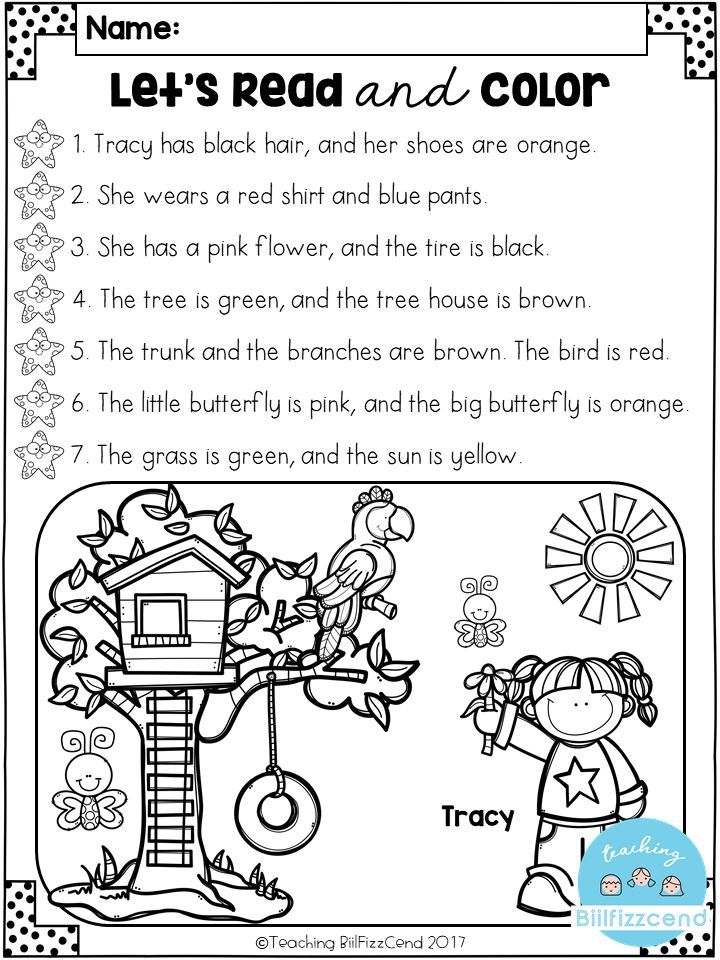 The child looks at you - set an example!
The child looks at you - set an example! It would seem that everything is simple - if you want to interest literature, set a personal example! But some parents are still surprised by the lack of interest in reading in a son or daughter. Mom or dad is wondering how to teach a child to read quickly, while they themselves have never picked up a book in front of him. And age is not important - whether it's a three-year-old baby, an inquisitive six-year-old or even a ruffy teenager.
How to teach a child to read? Develop a culture of reading in the family, read yourself, as well as aloud to the baby, choose and buy beautiful children's publications with him. And do not put them away later in a distant drawer, it is better to leave them in plain sight. Surely, the baby, in the end, will be interested: how do mom and dad do it - chi-ta-yut !?
3. Do not force, but arouse interest
Through tears and “I don't want to”, love for books and the desire to read independently cannot be instilled.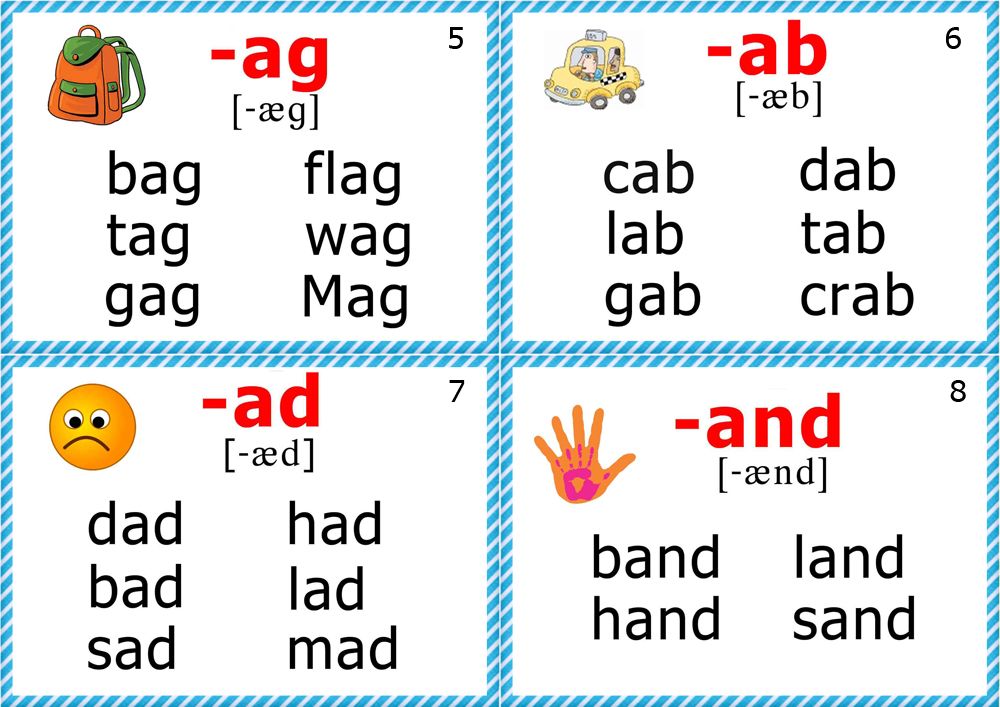 Therefore, do not force a preschooler. The best thing to do is generate interest! Yes, and psychologists recommend: how to teach a child to read at 5 years old? Only on their own initiative. The main task of parents is to develop and support, and not to ruin with their own zeal. Patience and kindness should be the default!
Therefore, do not force a preschooler. The best thing to do is generate interest! Yes, and psychologists recommend: how to teach a child to read at 5 years old? Only on their own initiative. The main task of parents is to develop and support, and not to ruin with their own zeal. Patience and kindness should be the default!
So, if personal example does not help, you can buy a beautiful alphabet with pictures or speaking letters and consider it together. Or when reading aloud, stop at the most interesting place. Or, using examples, to show how important reading is in everyday life - to show greeting cards, letters, notes, signs and price tags in stores, to ask to read them, "forgetting" that the son or daughter does not know how!
4. Check out popular methods and choose the right one for you
There are not so many methods of teaching reading that have been tested by time and by more than one generation of parents. Among the well-established ones, which helped mothers teach reading, we can single out 5:
● Traditional method, or learning by primer
How to teach a child to read by syllables? You can apply the old and effective, but not very fast method, which also requires a certain perseverance and great patience from all participants in the process.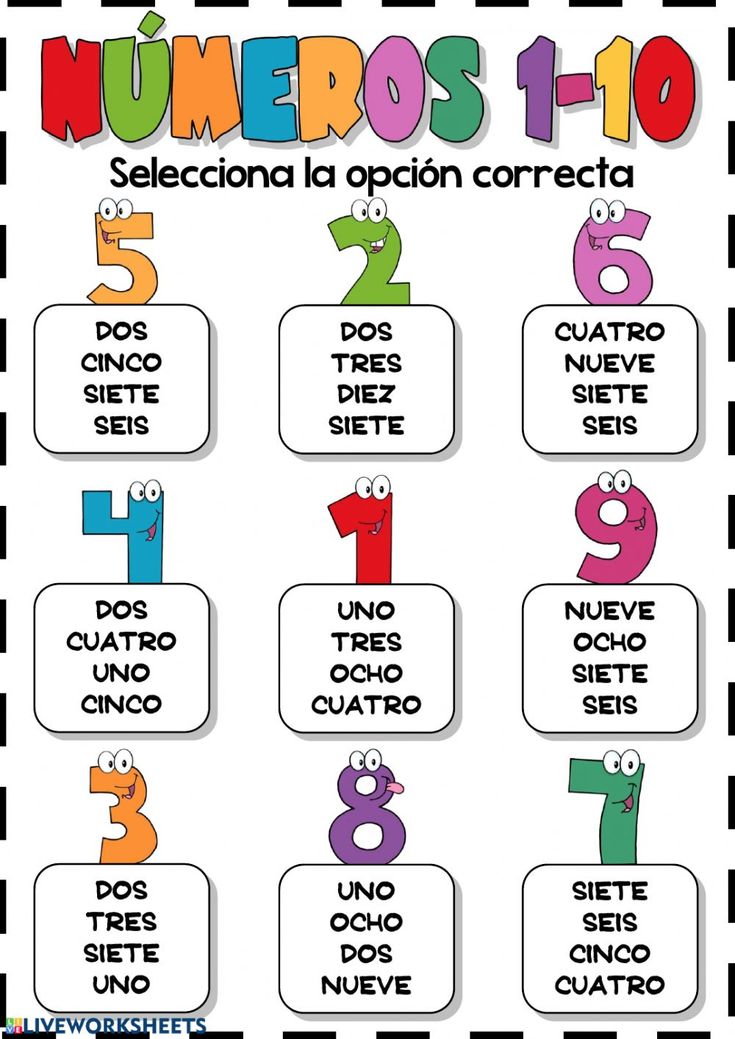 Using the primer, you can consistently teach how to combine sounds into syllables, and syllables into words. Here are just game elements, as a rule, adults have to invent on their own.
Using the primer, you can consistently teach how to combine sounds into syllables, and syllables into words. Here are just game elements, as a rule, adults have to invent on their own.
The primer should not be confused with the alphabet! The latter will not teach you to read, but will only help you remember the alphabet.
As for the authors of primers, most parents and teachers consider the method of Nadezhda Sergeevna Zhukova to be the most understandable for preschoolers. Her primers are real bestsellers.
Also noteworthy are the manuals created by Olga Soboleva, Elena Kosinova, Vseslav Goretsky, Natalia Pavlova.
.● Nikolai Zaitsev's Cubes
A technique created by the Soviet teacher Nikolai Aleksandrovich Zaitsev can help teach a child to read at home. It is based on the author's conviction that it is necessary to abandon traditional methods of study and rely on the children's logic of sound perception. And the basis of the language is not a letter, but a warehouse - a combination of a vowel and a consonant, or a consonant and a soft / hard sign.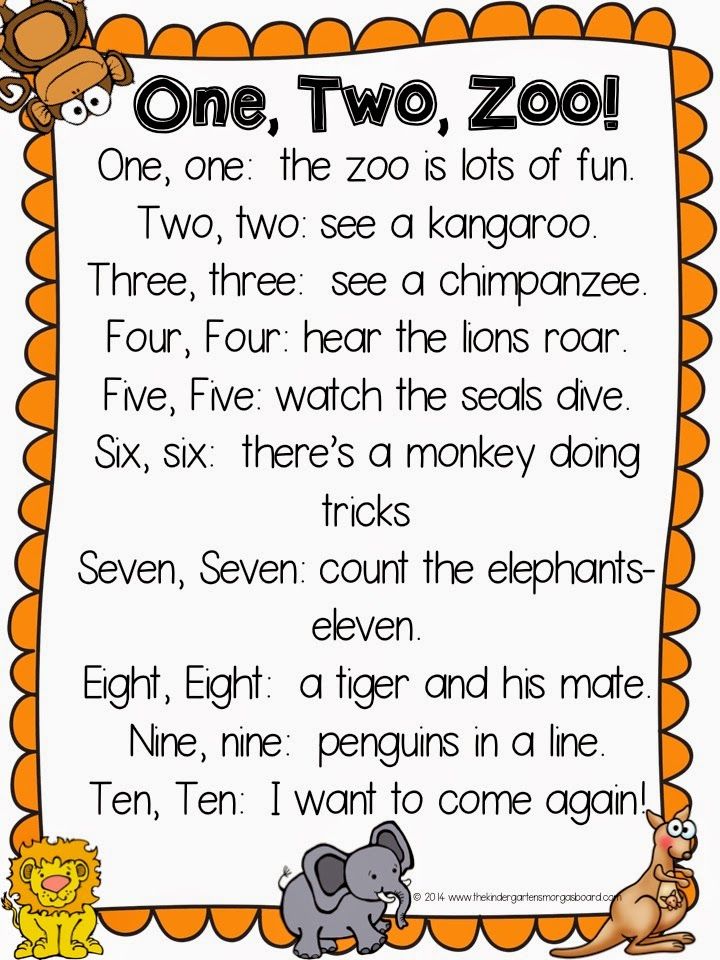 They are in different variations applied to the cubes. There are 52 of them in total. At the same time, they differ in weight, size, color, sound, and so on. In the process of playing them (and there are a lot of game options), the child can be taught to read. You can apply the technique from a very early age - from 3 years. However, many parents have difficulties - they simply cannot understand all the variety of manuals and tables attached to the cubes. In addition, it may not be easy for children later in a traditional school, where the “letter-syllable-word” system is adopted, and not the “warehouse-word”, like Nikolai Zaitsev.
They are in different variations applied to the cubes. There are 52 of them in total. At the same time, they differ in weight, size, color, sound, and so on. In the process of playing them (and there are a lot of game options), the child can be taught to read. You can apply the technique from a very early age - from 3 years. However, many parents have difficulties - they simply cannot understand all the variety of manuals and tables attached to the cubes. In addition, it may not be easy for children later in a traditional school, where the “letter-syllable-word” system is adopted, and not the “warehouse-word”, like Nikolai Zaitsev.
● The Glen Doman Method
Glen Doman originally developed a system that stimulates the brain activity of children with lesions of the central nervous system. Then it was adapted for healthy children. It is based on picture cards, which involve training the perception of the whole word, not its parts. In this case, only one sense system is involved - the visual one.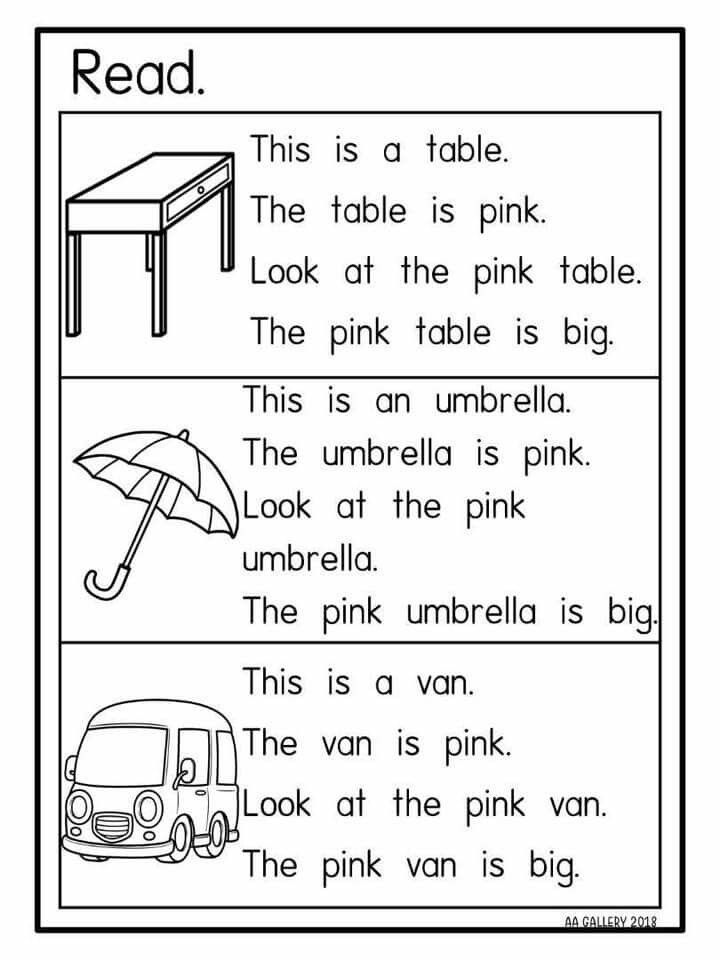 The kid looks at the picture, sees what is depicted and written on it, and remembers.
The kid looks at the picture, sees what is depicted and written on it, and remembers.
The technique is suitable for children of all ages - even one-year-olds who are just learning to speak. It will be possible to teach reading during the game, however, parents are required to make (or buy) a huge number of cards, hang (lay out) them throughout the apartment (house) and repeat daily. Therefore, the disadvantages of this technique are obvious. Yes, and there is a high probability that a child who has learned to read "according to Doman" at school will have problems with literacy and the learning process. After all, he has learned to perceive words as a whole and does not see the parts of which they consist.
● Methodology of Vyacheslav Voskobovich
Vyacheslav Voskobovich is the author of many educational toys for children. He offers to teach preschoolers to read with the help of special cards "Folders" and cubes "Teremkov". The first are a kind of processing of the methodology of Nikolai Zaitsev.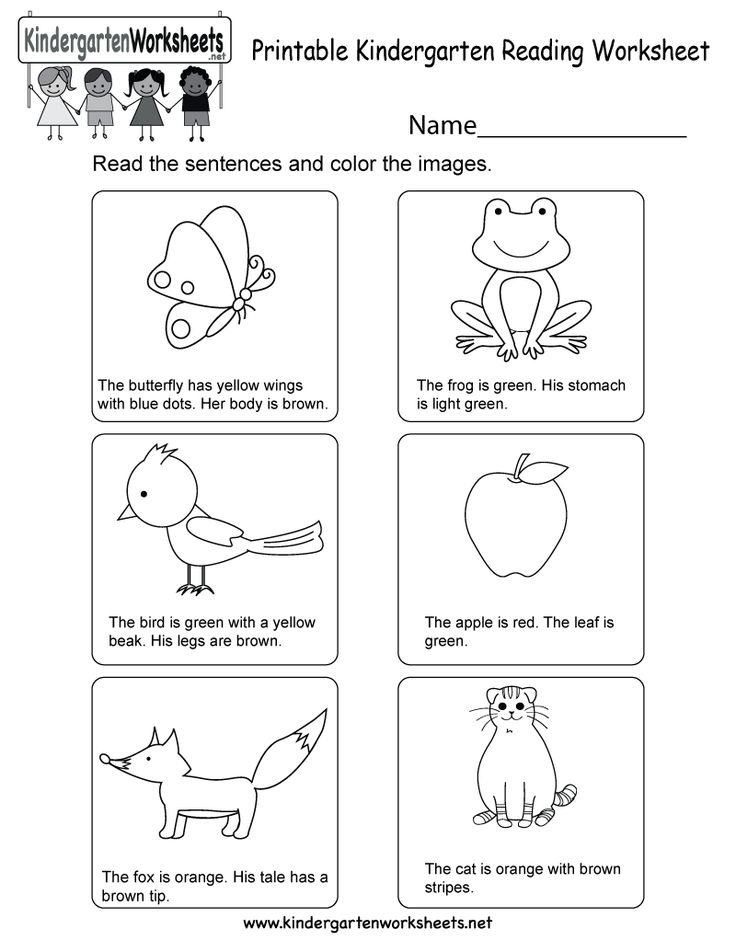 Warehouses are written on 21 cards, which are accompanied by bright images. Suitable for classes with children from 3 years old who love to look at pictures. The disadvantages of this system are the same as described above - there may be difficulties at school.
Warehouses are written on 21 cards, which are accompanied by bright images. Suitable for classes with children from 3 years old who love to look at pictures. The disadvantages of this system are the same as described above - there may be difficulties at school.
"Teremki" helps to teach children to read from the age of two, using 12 wooden cubes with consonants written on them and 12 cardboard cubes with vowels. First, with their help, letters are studied during the game, then the kids add syllables, then words. This technique causes less difficulties for both children and adults. Included with them are sold manuals with a description of the learning algorithm and game options.
● Evgeny Chaplygin's "Easy Reading" method
Belgorod teacher-practitioner Evgeny Vasilievich Chaplygin also offers to teach preschoolers to read with the help of special dynamic wooden blocks. Unlike the methodology of Nikolai Zaitsev, playing them, the baby can understand the principle of composing a word, and not just memorize warehouses.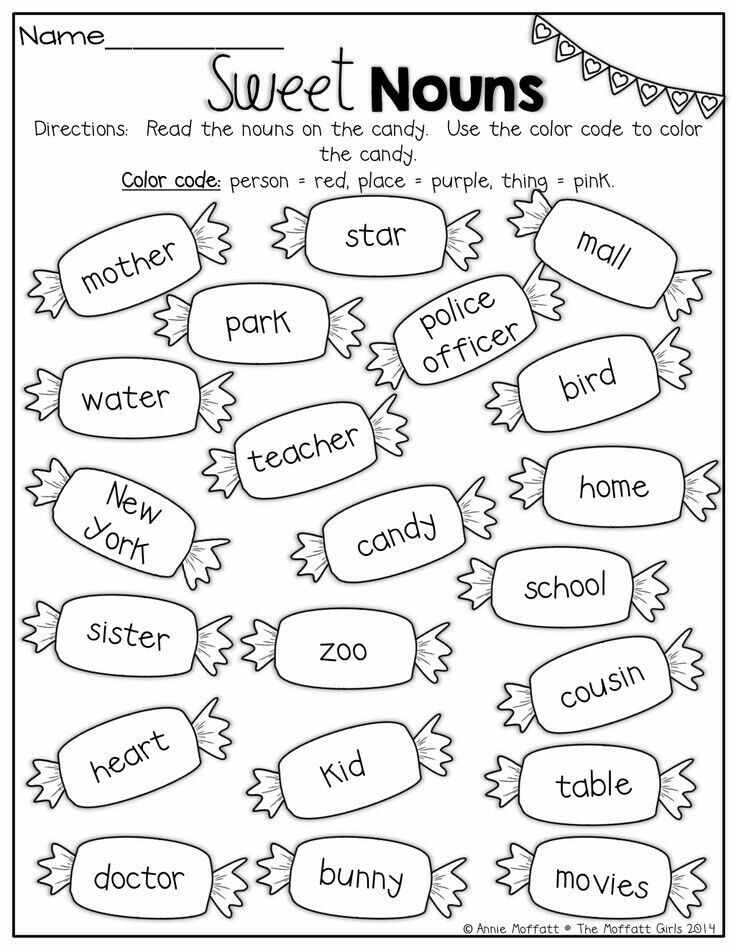 A total of 10 cubes with letters and 10 blocks with paired dynamic cubes are included, by rotating which you can “turn” “ma-mu” into “ma-shu”, “ma-shu” into “ka-shu” and so on. To help parents, there is a “Cheat Book”, which describes in detail how to practice according to the methodology.
A total of 10 cubes with letters and 10 blocks with paired dynamic cubes are included, by rotating which you can “turn” “ma-mu” into “ma-shu”, “ma-shu” into “ka-shu” and so on. To help parents, there is a “Cheat Book”, which describes in detail how to practice according to the methodology.
Children from 3 to 7 years old can learn to read with these blocks, most effectively from 4 to 7 years old. However, it is not worth expecting that in a week, as the advertisement promises, the three-year-old will read out the proposals.
5. Play, play and play again
Photo: cottonbro, Pexels
Teaching preschoolers is best and most effective through play. Therefore, whether you go your own way or choose some method for teaching reading, you should not take it too seriously and turn classes into real lessons. Parents are loving mom and dad, not strict controllers and teachers.
Besides, play is a natural process for a child. It does not require pedagogical education from adults, does not cause rejection in children, and makes learning easy and interesting.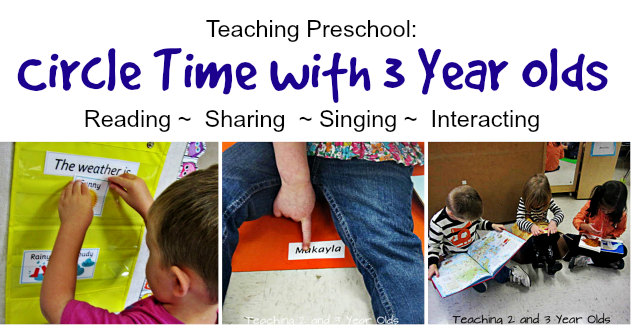
So, the simplest and most popular game that does not require material costs, knowledge of any methods and perfectly reinforces reading skills is this: ask first to find familiar letters (we already wrote about how to quickly learn them) on signs, advertising posters, traffic light screens, price tags and the like, and name them. In subsequent times, the task can be complicated and asked to search only for vowels or consonants, and then for certain syllables and whole words. You can play anywhere and anytime!
6. Go from simple to complex
It can be difficult for a child to understand that “m” and “em” are the same thing, but when reading, for example, the word “ma-ma”, you need to pronounce “m” , not "um". Therefore, if you do not adhere to methods that contradict this principle, it is better to start studying with sounds (m, n, p, s, t, f, and so on), then move on to syllables, then to simple words with repeating syllables: “ma-ma ”, “pa-pa”, “ba-ba” and the like.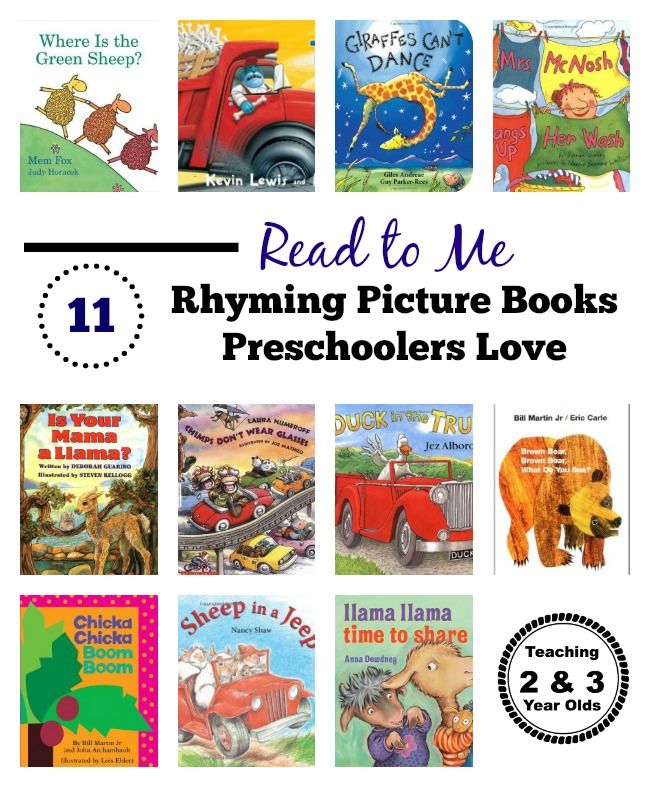 From them you can move to simple sentences. “Mom washed the frame” is a classic that really works! Letters (em, en, er, es, te, ef, and so on) and “complex” hard and soft signs are best left for last.
From them you can move to simple sentences. “Mom washed the frame” is a classic that really works! Letters (em, en, er, es, te, ef, and so on) and “complex” hard and soft signs are best left for last.
7. Ask for advice and share your own know-how
Many useful tips and interesting insights on teaching children to read can be found not only in the works of distinguished teachers, but also in the discussions of ordinary parents.
8. Attract gadgets!
How to teach a 6 year old to read? Take advantage of his interests. Now interesting programs and mobile applications have been developed that help teach children to read. They are quite suitable as an additional learning tool. Many of them are free.
9. Be organized and consistent.
If you have already decided to teach your kid to read, and he has an interest in this, do not quit what you started. Because it’s better not to study at all, expecting that “they will teach you at school anyway” than to do it irregularly.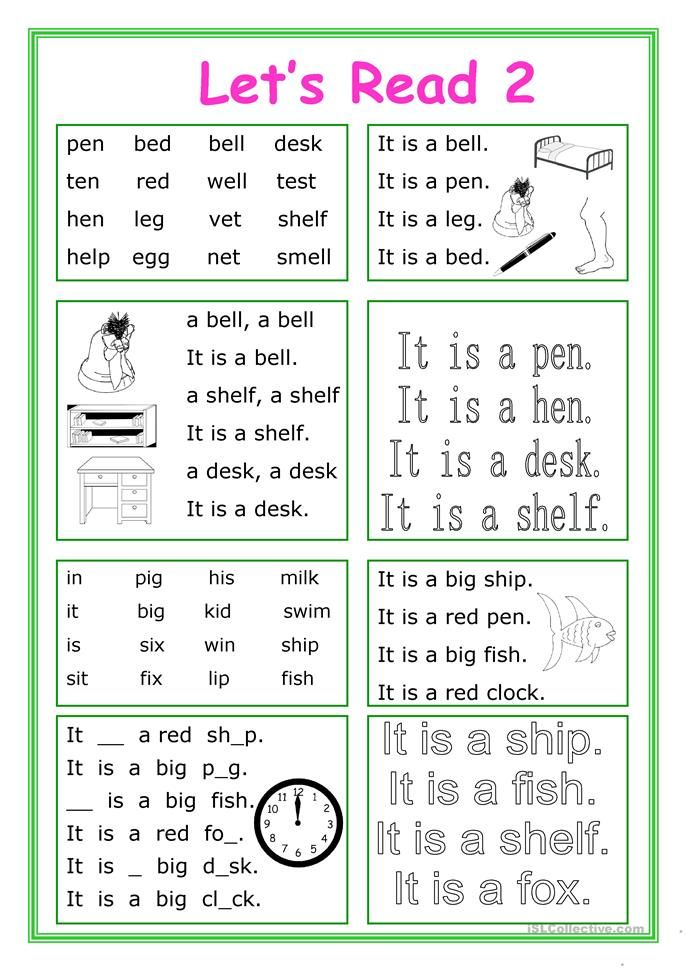
10. Praise!
Be sure not to forget to praise and encourage, whatever the result of your learning process: the word “ma-ma” read for the first time after three months of games-classes or “hydro-electric power station” mastered a week later!
How to teach a child to read: important rules and effective techniques
October 26 Likbez Education
Teaching a preschooler to read without losing interest in books is real. Lifehacker has selected the best ways for responsible parents.
How to understand that it is time to teach a child to read
There are several signs of psychological readiness.
- The child speaks fluently in sentences and understands the meaning of what is said.
- The child understands directions: left-right, up-down. For learning to read, it is important that the baby can follow the text from left to right and from top to bottom.
- The child distinguishes sounds (what speech therapists call developed phonemic hearing).
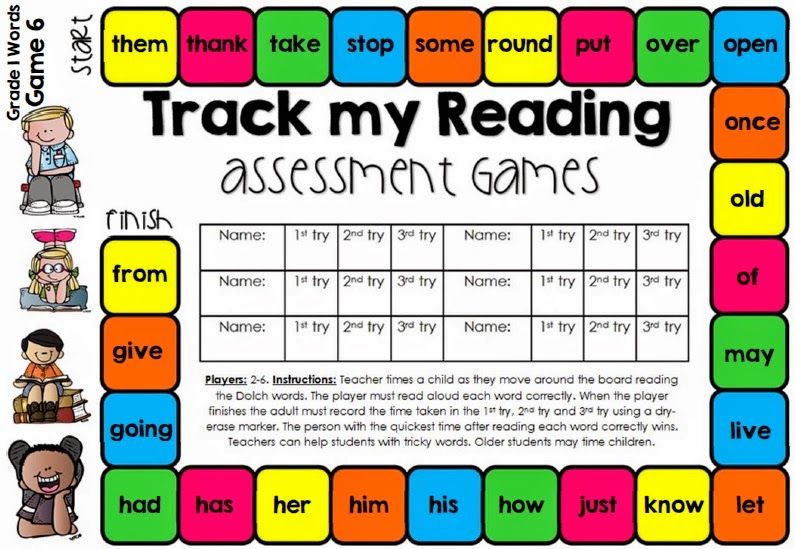 Simply put, the baby will easily understand by ear where the house and the bow are, and where the tom and the hatch are.
Simply put, the baby will easily understand by ear where the house and the bow are, and where the tom and the hatch are. - Your child pronounces all the sounds and has no speech problems.
Natalya Zharikova
Speech therapist with 33 years of experience
A child with speech therapy problems does not hear and does not distinguish similar sounds. From here come errors with speech, and subsequently with reading, and even more often with writing. It is very difficult for a parent to identify violations on their own, so usually a teacher or a speech therapist can point this out to them.
How to teach your child to read
Be patient and follow these simple guidelines.
Set an example
In a family where there is a culture and tradition of reading, children themselves will reach for books. Read not because it is necessary and useful, but because it is a pleasure for you.
Read together and discuss
Read aloud to the child and then look at the pictures together, encouraging them to interact with the book: “Who is this? Can you show me the cat's ears? And who is that standing next to her?” Older children can be asked more difficult questions: “Why did he do this? What do you think will happen next?"
Don't learn the letters as they are called in the alphabet
Instead, help your child remember the sound the letter makes.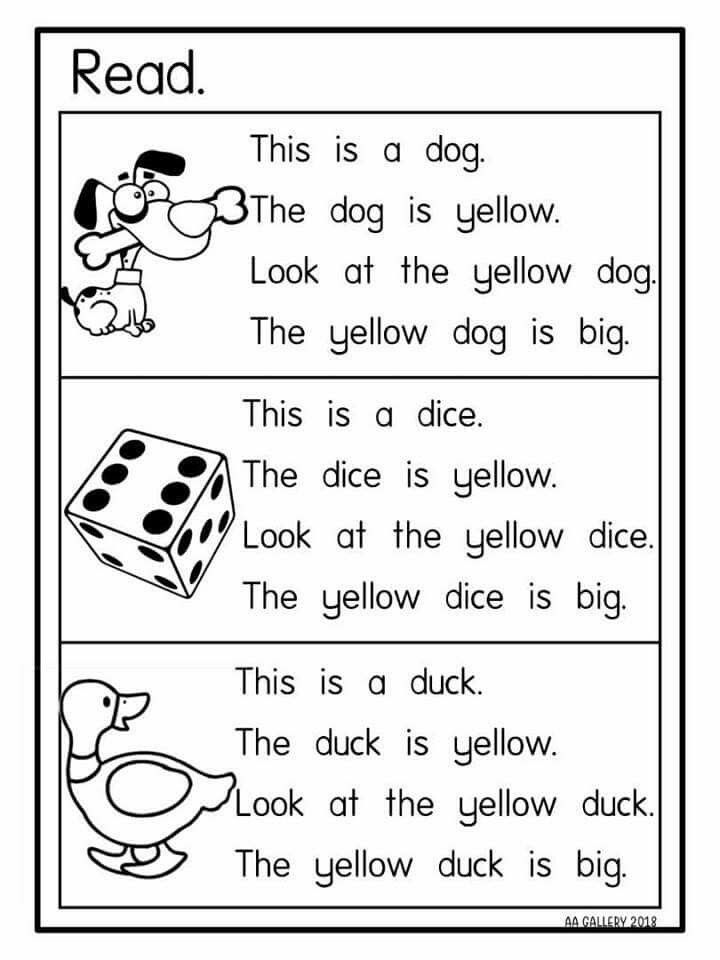 For example, you show the letter "m" and say: "This is the letter m (not em )". If a child memorizes the alphabetic names of letters ( em , es, ef and so on), it will be quite difficult for him to learn to read. Then, when he sees the word ra-ma in the book, he will try to pronounce er-a-um-ah .
For example, you show the letter "m" and say: "This is the letter m (not em )". If a child memorizes the alphabetic names of letters ( em , es, ef and so on), it will be quite difficult for him to learn to read. Then, when he sees the word ra-ma in the book, he will try to pronounce er-a-um-ah .
Go from simple to complex
Once the child has memorized a few letters (from 2 to 5) and the sounds they represent, move on to syllables. Let the words consisting of repeated syllables be the first: mama, papa, uncle, nanny . In this case, it is not necessary to break the syllable into separate sounds. Do not say: "These are the letters m and a , and together they read ma ". Immediately learn that the syllable is pronounced like ma , otherwise the baby may start to read letter by letter. After mastering simple combinations, move on to more complex ones: cat, zhu-k, do-m .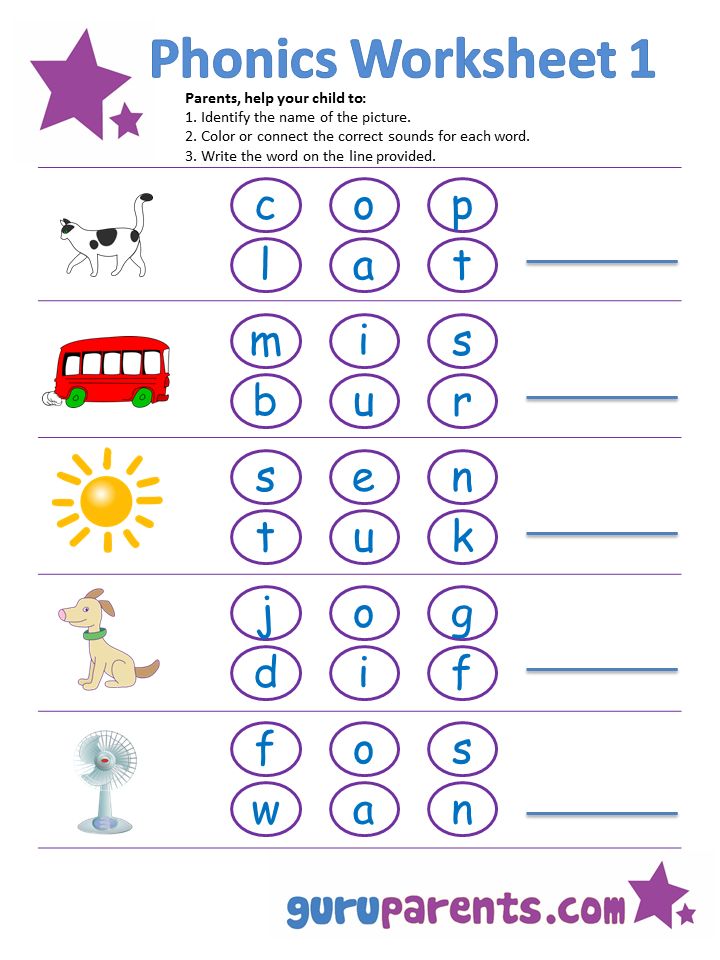
Help to understand the meaning of what they read
Do this when the child begins to slowly but surely reproduce words and whole sentences in syllables. For example, the kid read: "Mom washed the frame." Stop and ask: “What did you just read about?”. If he finds it difficult to answer, let him read the sentence again. And you ask more specific questions: “Who washed the frame? What did mom wash?
Show that letters are everywhere
Play a game. Let the child find the letters that surround him on the street and at home. These are the names of stores, and memos on information stands, and advertising on billboards, and even traffic light messages: it happens that the inscription “Go” lights up on green, and “Wait so many seconds” on red.
Play
And play again. Stack blocks with letters and syllables, make up words, ask your child to read you some kind of sign or inscription on the packaging in the store.
Natalia Zharikova
There are many exercises for memorizing letters.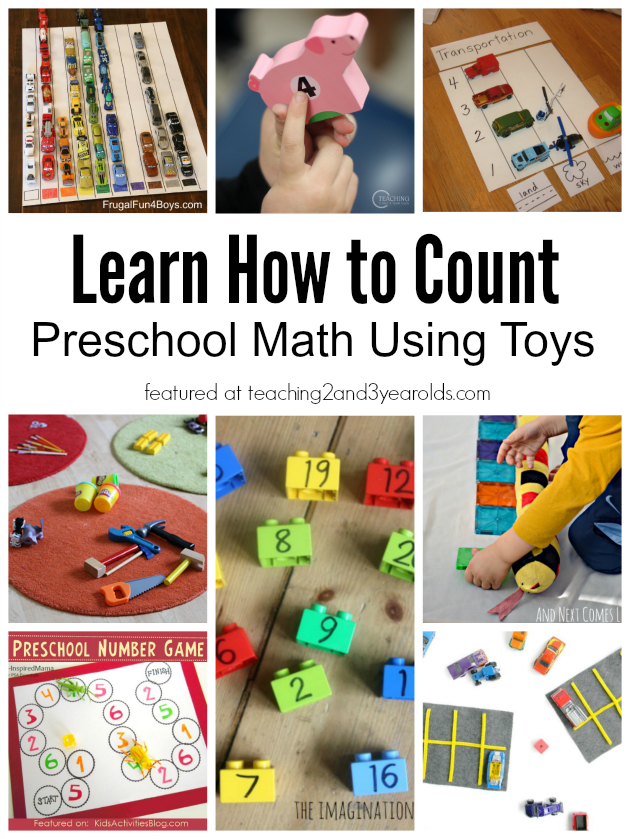 For example, circle the desired letter among a number of others, circle the correctly written among the incorrect ones, color or shade. You can also ask the child to tell what the letter looks like.
For example, circle the desired letter among a number of others, circle the correctly written among the incorrect ones, color or shade. You can also ask the child to tell what the letter looks like.
Use every opportunity to practice
Whether you are waiting in line at the clinic or driving somewhere, take out a book with pictures and short stories to accompany them and invite your child to read together.
Build on your success
Repeat familiar texts, look for familiar characters in new stories. Runaway Bunny is found both in "Teremka" and "Kolobok".
Do not force
This is perhaps the most important thing. Don't take away a child's childhood. Learning should not go through violence and tears.
What techniques to use to teach your child to read
Here are six popular, affordable and effective techniques. Choose one or try several and choose the one that interests your child the most.
1. ABCs and primers
Frame: This is all mine / YouTube Traditional, but the longest way.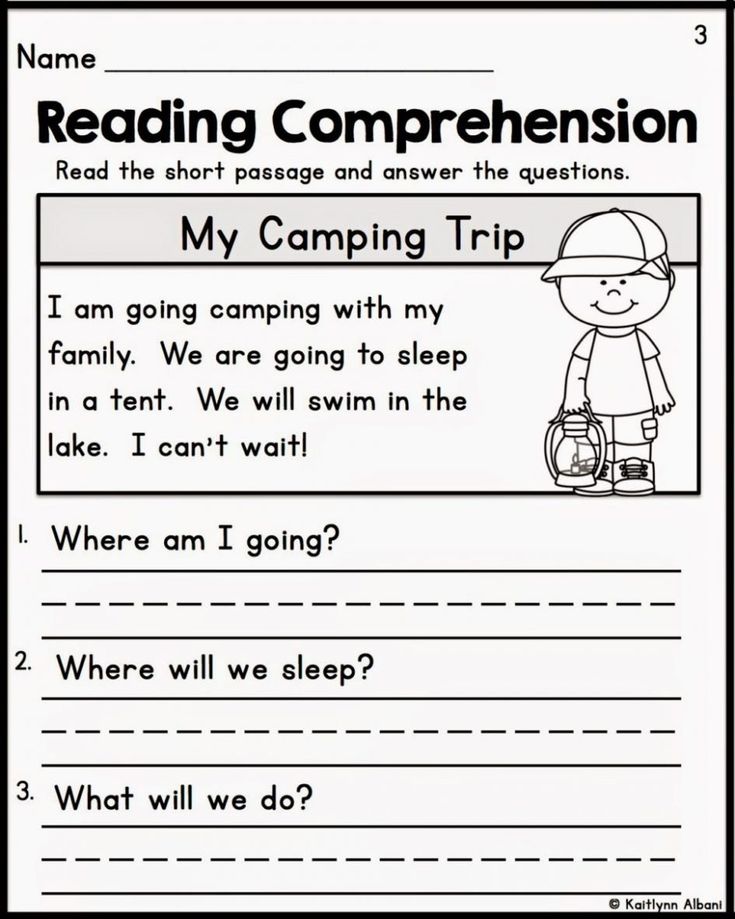 The difference between these books is that the alphabet fixes each letter with a mnemonic picture: a drum will be drawn on the page with B , and a spinning wheel next to Yu . The alphabet helps to remember letters and often interesting rhymes, but will not teach you how to read.
The difference between these books is that the alphabet fixes each letter with a mnemonic picture: a drum will be drawn on the page with B , and a spinning wheel next to Yu . The alphabet helps to remember letters and often interesting rhymes, but will not teach you how to read.
The primer consistently teaches the child to combine sounds into syllables, and syllables into words. This process is not easy and requires perseverance.
There are quite a lot of author's primers now. According to the books of Nadezhda Betenkova, Vseslav Goretsky, Dmitry Fonin, Natalya Pavlova, children can study both with their parents before school and in the first grade.
Parents agree that one of the most understandable methods for teaching preschoolers is Nadezhda Zhukova's primer. The author simply explains the most difficult thing for a child: how to turn letters into syllables, how to read ma-ma , and not start naming individual letters me-a-me-a .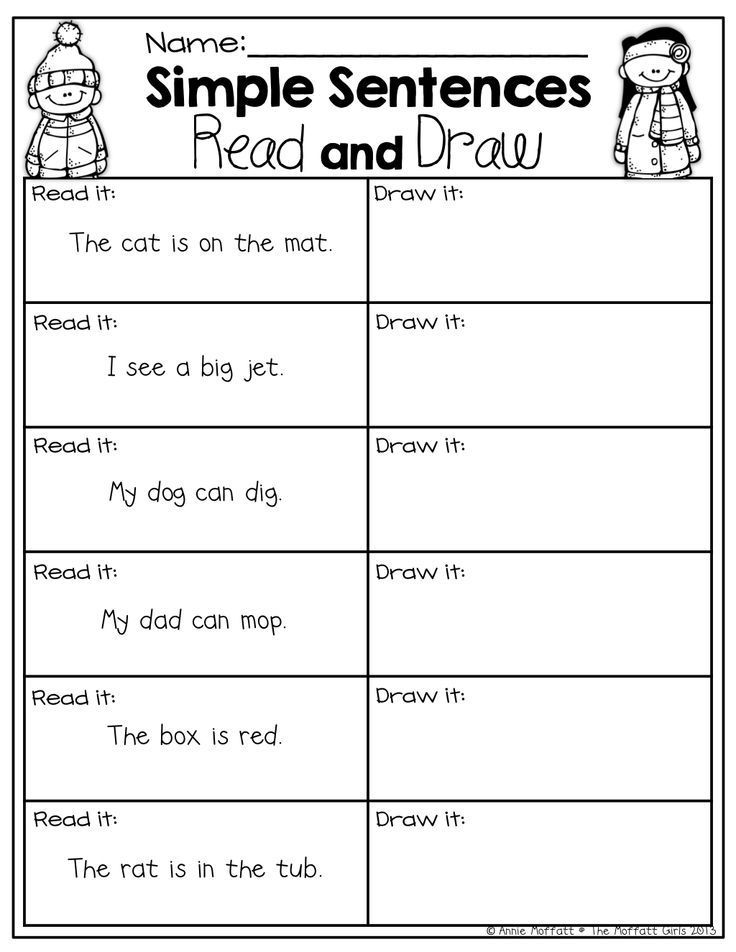
2. Zaitsev's Cubes
Shot: Little Socrates / YouTubeIf a child consistently learns letters and syllables while learning from an ABC book, then in 52 Zaitsev's Cubes he is given access to everything at once: a single letter or combinations of consonant and vowel, consonant and hard or soft sign.
The child effortlessly learns the differences between voiceless and voiced sounds, because the cubes with voiceless consonants are filled with wood, and the cubes with voiced consonants are filled with metal.
The cubes also differ in size. The large ones depict hard warehouses, the small ones - soft ones. The author of the technique explains this by the fact that when we pronounce to (hard warehouse), the mouth opens wide, or (soft warehouse) - lips in a half smile.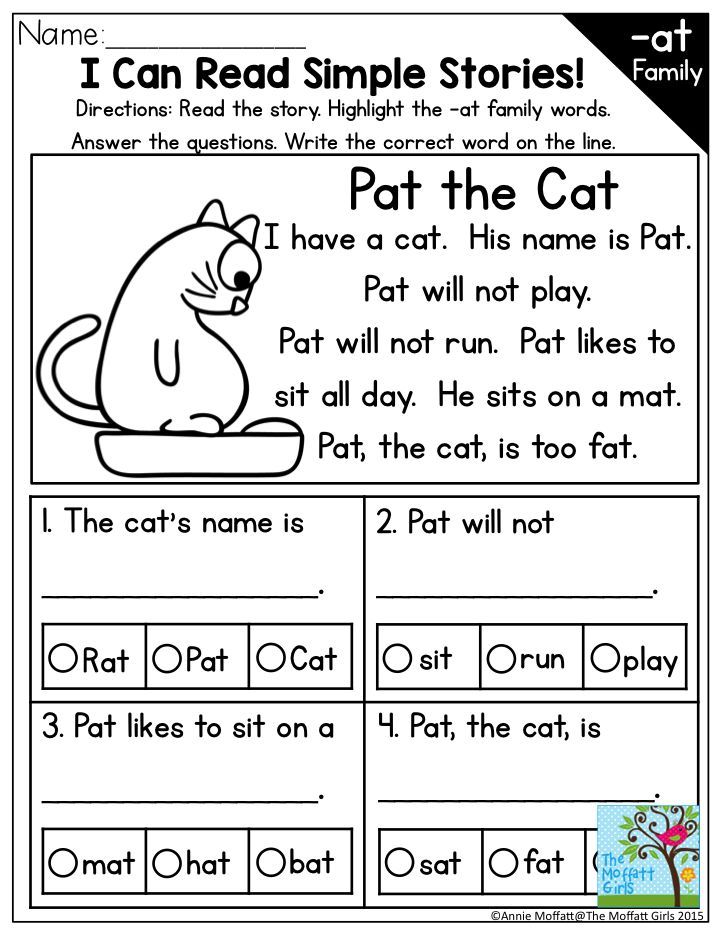
The set includes tables with warehouses that the parent sings (yes, he doesn’t speak, but sings).
The child quickly masters warehouse reading with the help of cubes. But there are also disadvantages: he may begin to swallow endings and face difficulties already at school when parsing a word by composition.
3. "Skladushki" and "Teremki" by Vyacheslav Voskobovich
Frame: Play and Toy Club / YouTubeIn "Skladushki" Vyacheslav Voskobovich reworked Zaitsev's idea: 21 cards show all the warehouses of the Russian language with nice thematic pictures. Included is a CD with songs, the texts of which go under each picture.
Folders are great for kids who like looking at pictures. Each of them is an occasion to discuss with the child where the kitten is, what the puppy is doing, where the beetle flew.
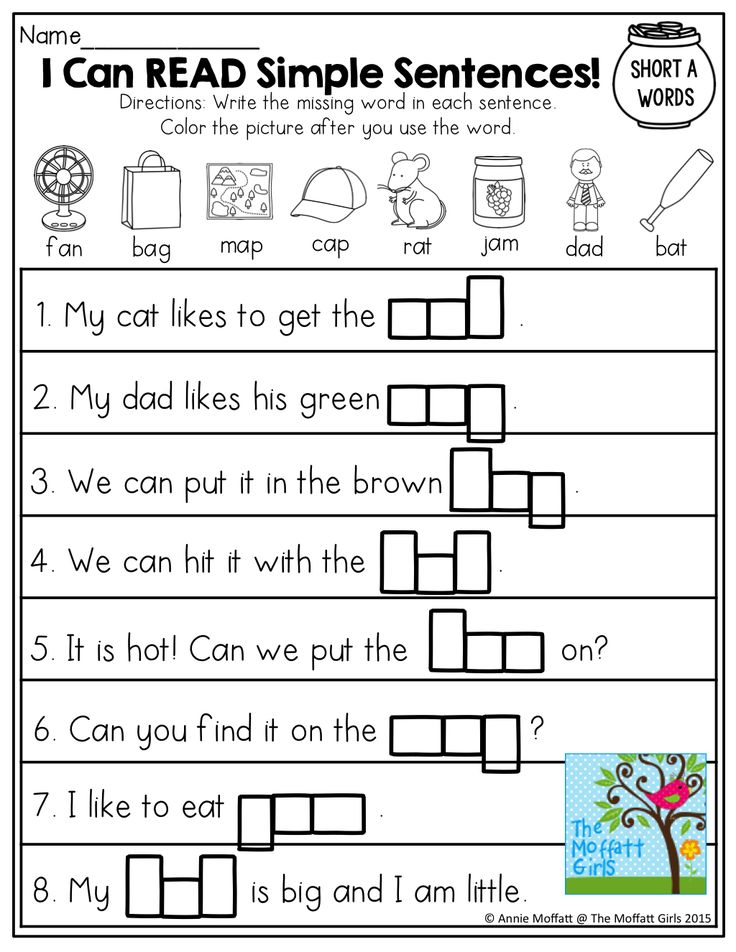
It is possible to teach a child with these cards from the age of three. At the same time, it should be noted that the author of the methodology himself does not consider it necessary to force early development.
"Teremki" by Voskobovich consist of 12 wooden cubes with consonants and 12 cardboard cubes with vowels. First, the child gets acquainted with the alphabet and tries with the help of parents to come up with words that begin with each of the letters.
Then it's time to study the syllables. In the tower with the letter M is inserted into A - and the first syllable is ma . From several towers you can lay out words. Learning is based on play. So, when replacing the vowel , the house will turn into smoke .
You can start playing tower blocks from the age of two. At the same time, parents will not be left alone with the cubes: the kit includes a manual with a detailed description of the methodology and game options.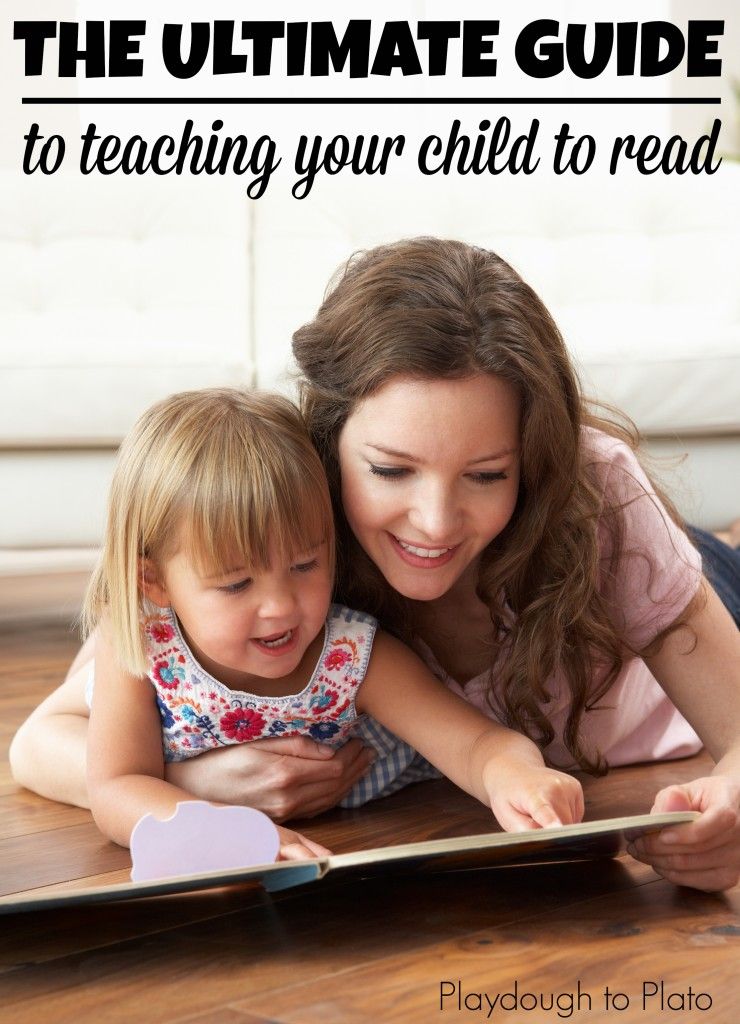
4. Chaplygin's dynamic cubes
Shot: Both a boy and a girl! Children's channel - We are twins / YouTubeEvgeny Chaplygin's manual includes 10 cubes and 10 movable blocks. Each dynamic block consists of a pair - a consonant and a vowel. The task of the child is to twist the cubes and find a pair.
At the initial stage, as with any other method of learning to read in warehouses, the child makes the simplest words from repeating syllables: ma-ma, pa-pa, ba-ba . The involved motor skills help to quickly remember the shape of the letters, and the search for already familiar syllables turns into an exciting game. The cubes are accompanied by a manual describing the methodology and words that can be composed.
The optimal age for classes is 4-5 years. You can start earlier, but only in the game format.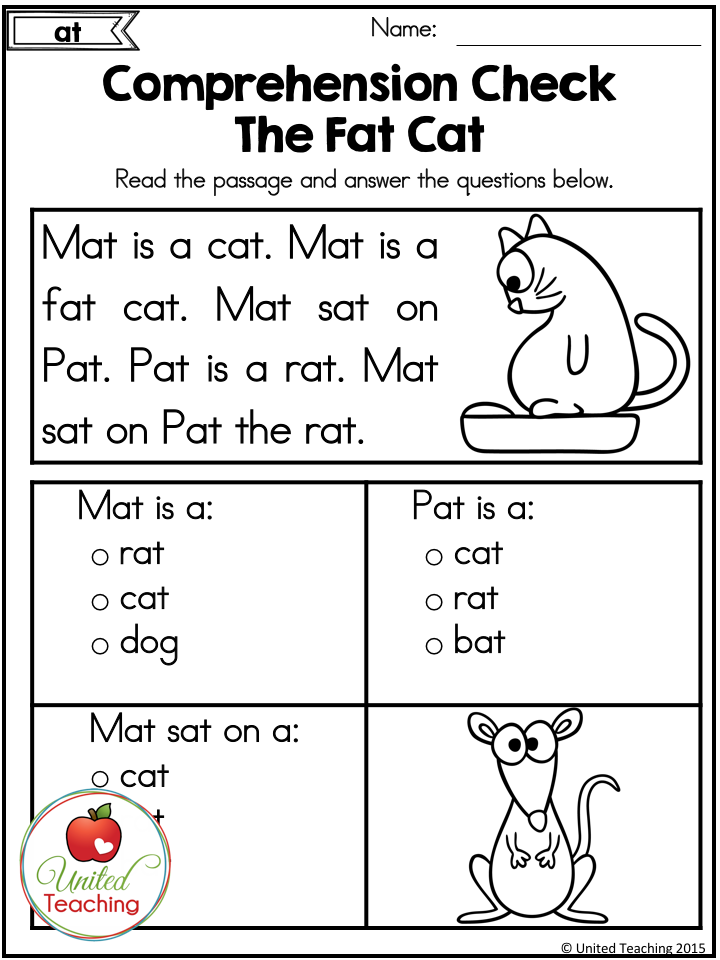
5. Doman's cards
Frame: My little star / YouTubeAmerican doctor Glenn Doman proposes to teach children not individual letters or even syllables, but whole words. Parents name and show the child the words on the cards for 1-2 seconds. In this case, the baby is not required to repeat what he heard.
Classes start with 15 cards with the simplest concepts like females and males . Gradually, the number of words increases, those already learned leave the set, and the child begins to study phrases: for example, color + object, size + object.
How can one understand that a child has understood and memorized the visual image of a word, if the author of the methodology recommends starting classes from birth? Glenn Doman in "The Harmonious Development of the Child" strongly emphasizes that it is not necessary to arrange tests and checks for the child: kids do not like this and lose interest in classes.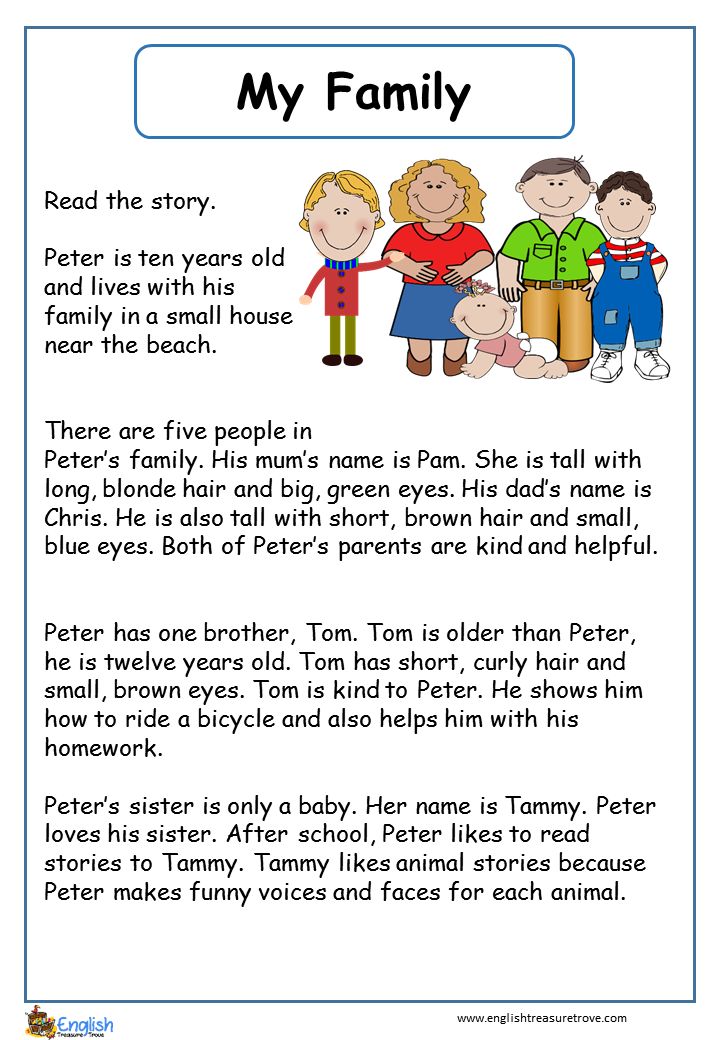
It's better to remember 50 cards out of 100 than 10 out of 10.
Glenn Doman
But given that parents can't help but check, he advises the child to play the game if they want and are ready. For example, you can put a few cards and ask to bring one or point to it.
Today, psychologists, neurophysiologists and pediatricians agree that the Doman method is aimed not at teaching reading, but at mechanical memorization of visual images of words. The child turns out to be an object of learning and is almost deprived of the opportunity to learn something on his own.
It is also worth adding: in order to proceed to the stage of reading according to Doman, parents need to prepare cards with all (!) Words that are found in a particular book.
6. Montessori method
Photo: Kolpakova Daria / Shutterstock Montessori reading comes from the opposite: first we write and only then we read. Letters are the same pictures, so you first need to learn how to draw them and only then engage in pronunciation and reading. Children begin by tracing and shading the letters, and through this, they memorize their outline. When several vowels and consonants have been studied, they move on to the first simple words.
Children begin by tracing and shading the letters, and through this, they memorize their outline. When several vowels and consonants have been studied, they move on to the first simple words.
Much attention is paid to the tactile component, so children can literally touch the alphabet cut out of rough or velvety paper.
The value of the technique lies in learning through play. So, you can put a rough letter and a plate of semolina in front of the child and offer to first circle the sign with your finger, and then repeat this on the semolina.
The difficulty for parents is to purchase or prepare a significant amount of handouts. But you can try to make cards with your own hands from cardboard and sandpaper.
What's the result
On the Internet and on posters advertising "educators", you will be offered ultra-modern methods of teaching a child to read at three, two years old or even from birth.